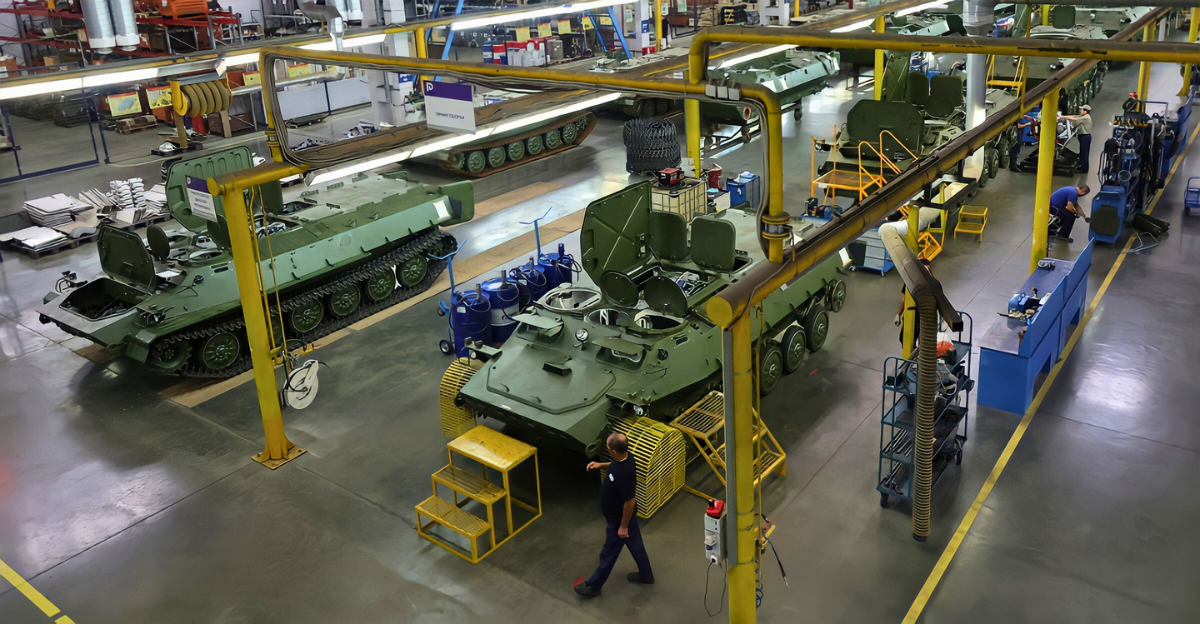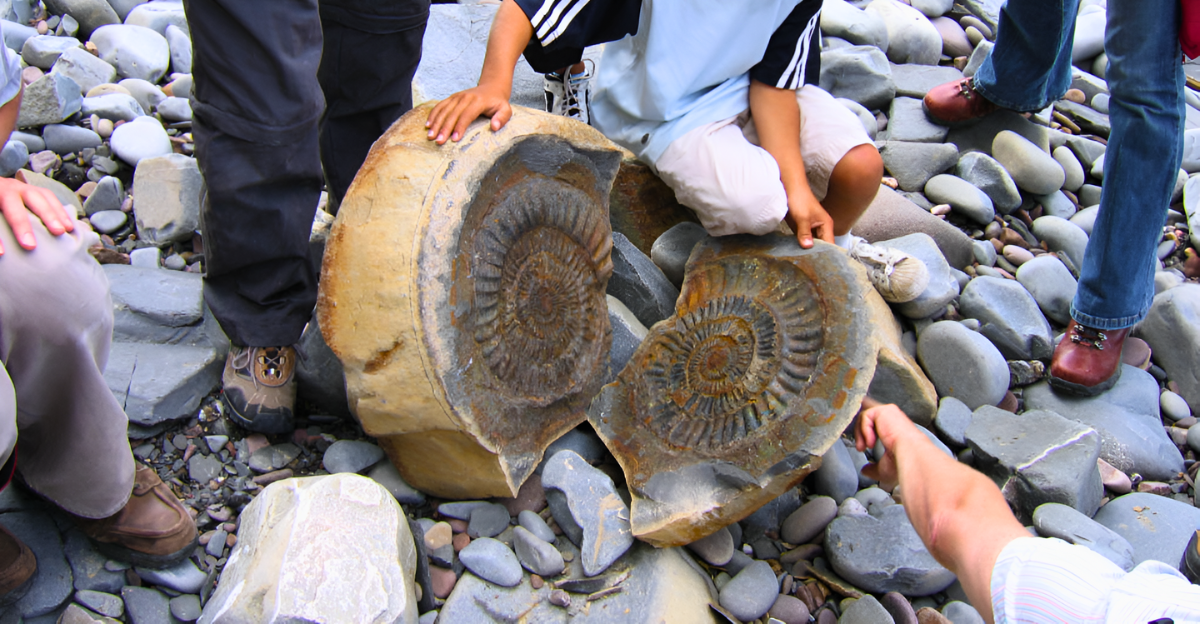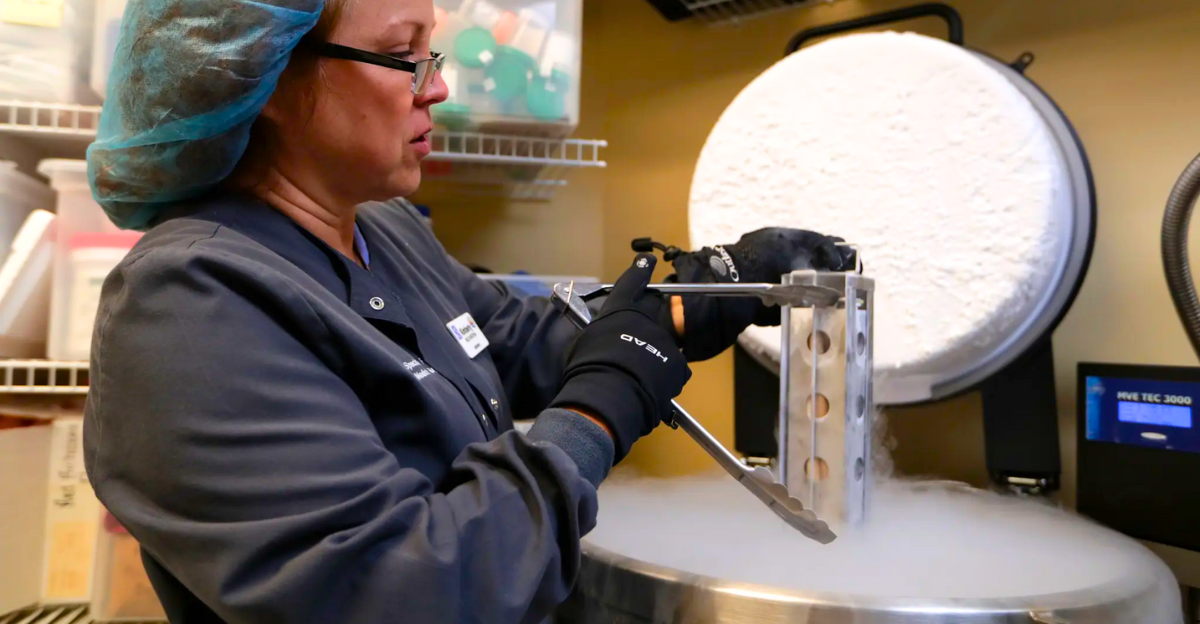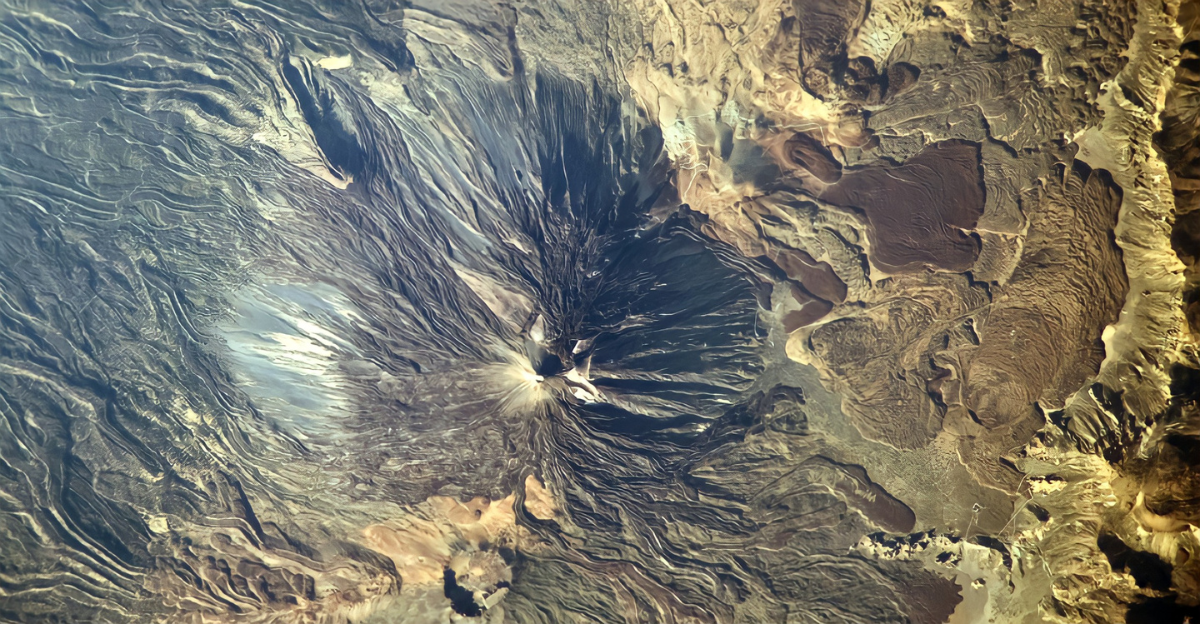
The massive asteroid that killed the dinosaurs 66 million years ago is making new waves. Over the years, numerous scientists and researchers have studied the Chicxulub Crater site in Mexico’s Yucatán Peninsula.
In 2016, the International Ocean Discovery Program (IODP) was launched by a team of scientists who aspired to drill into the iconic Chicxulub Crater.
The team extracted rock cores over 1,300 meters below the seabed and made incredible discoveries.
What They Found
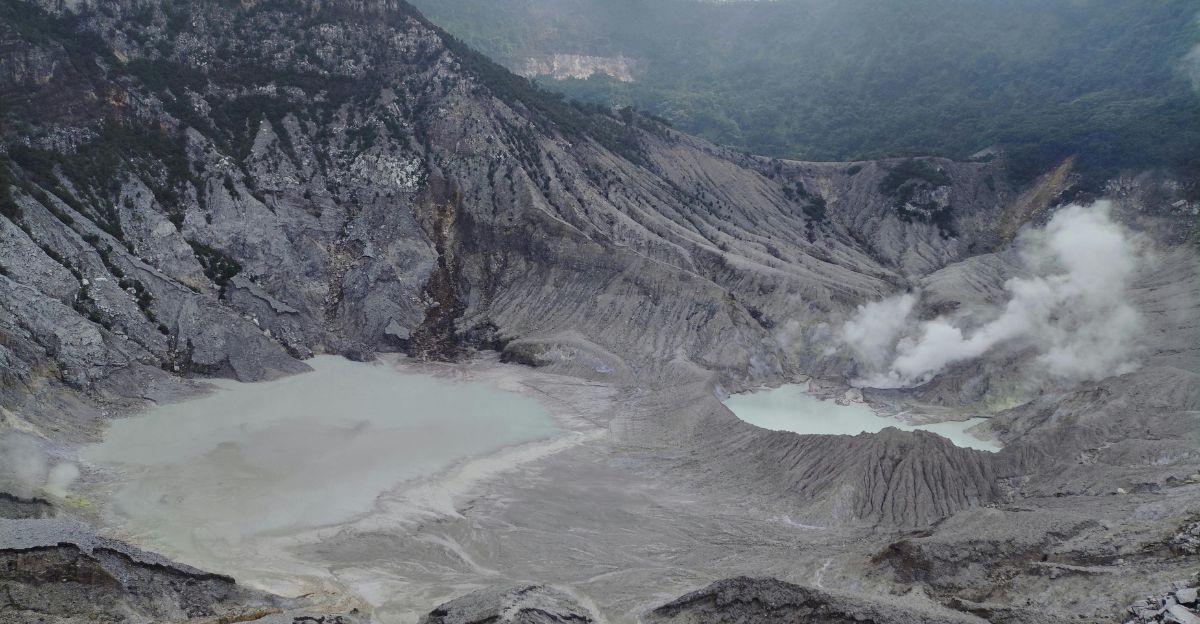
The Chicxulub Crater has long since been associated with devastation, extinction, and a cataclysmic event that ended up wiping out 75% of all life on Earth
However, new research has found that this extraordinary event may not have been all death and destruction. Life may have bounced back a lot faster than we previously believed.
Scientists believe this expedition has revealed massive insights into the Earth’s past and possibly even the origins of life.
The Peak Ring
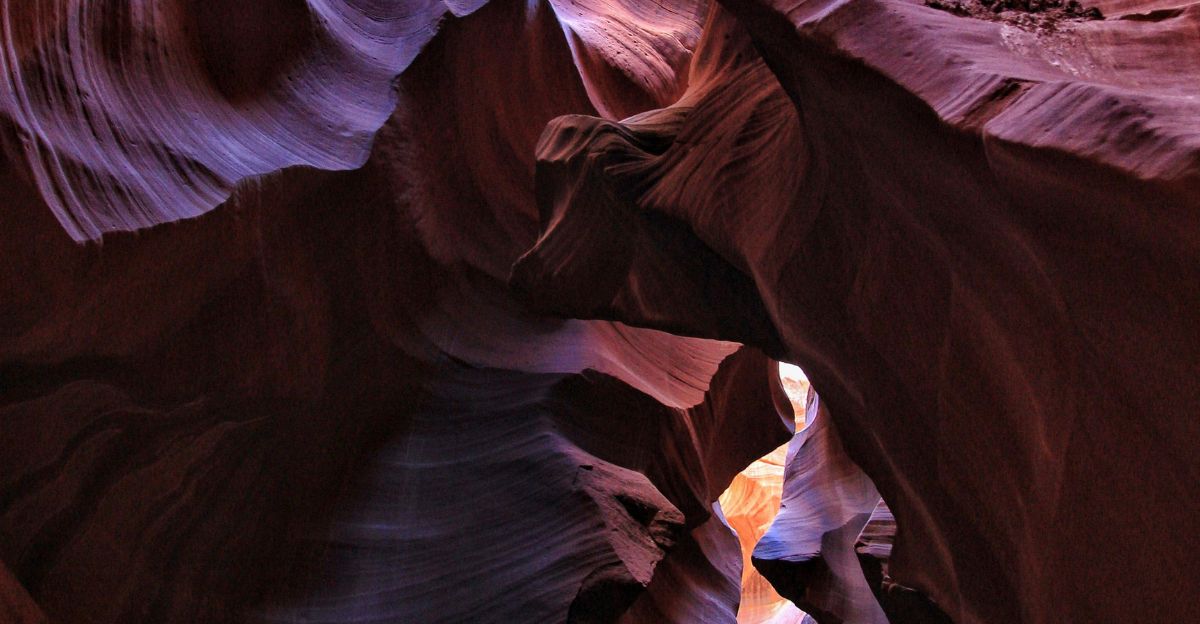
The “Peak Ring” was formed during the asteroid’s high-impact collision and appears as a circular ridge of uplifted rock. Scientists discovered that the ring-like formation was made of granite, which is typically found much deeper in the Earth’s crust.
Dr Joanna Morgan, geophysicist at Imperial College London, reacted to this finding by saying: “We essentially saw how Earth’s crust behaves under unimaginable pressure.”
Drilling into the Chicxulub Crater also found that the rocks were porous and fractured, which could have allowed for the formation of hydrothermal systems.
Hydrothermal Systems: Potential Hosts For Life
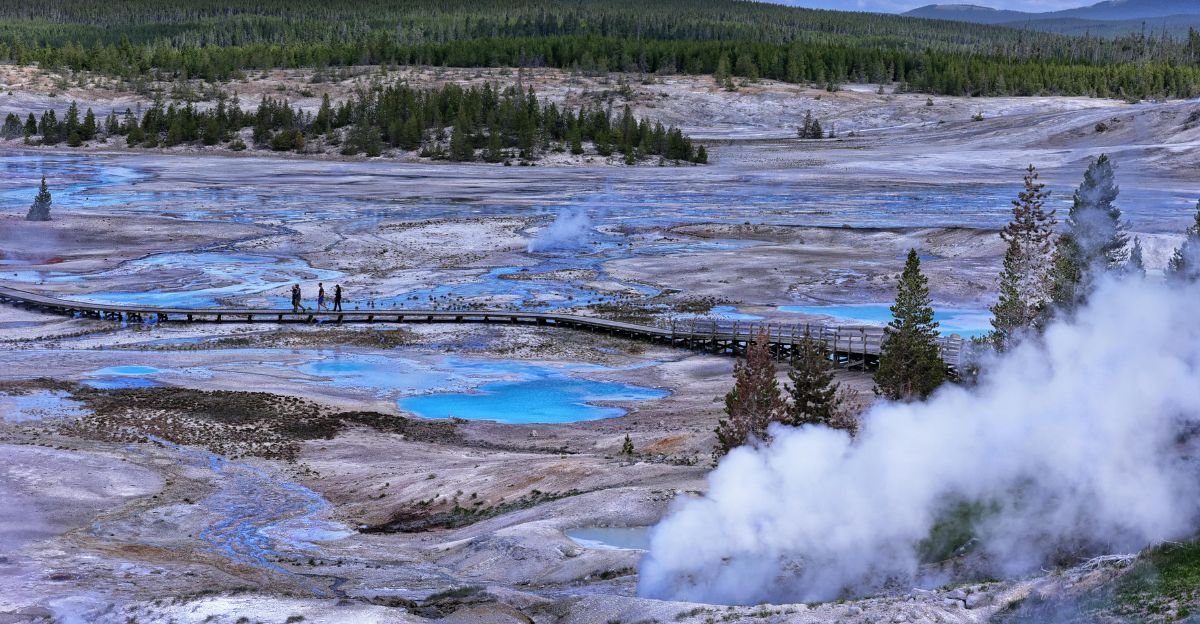
The Peak Ring’s porosity has uncovered the potential presence of hydrothermal systems in the Chicxulub Crater, which could have acted as a catalyst for rebirth, as similar systems are known to host microbial life.
This hypothesis was supported by a 2021 study published in Astrobiology, which claimed that post-impact rocks contained zeolites and sulfides that can be found in hypothermal vents.
However, some critics refute this hypothesis by claiming that these hypothermal systems could have been sterile or toxic early on, which would not have been conducive to life.
Life Could Have Bounced Back In Just 30,000 Years
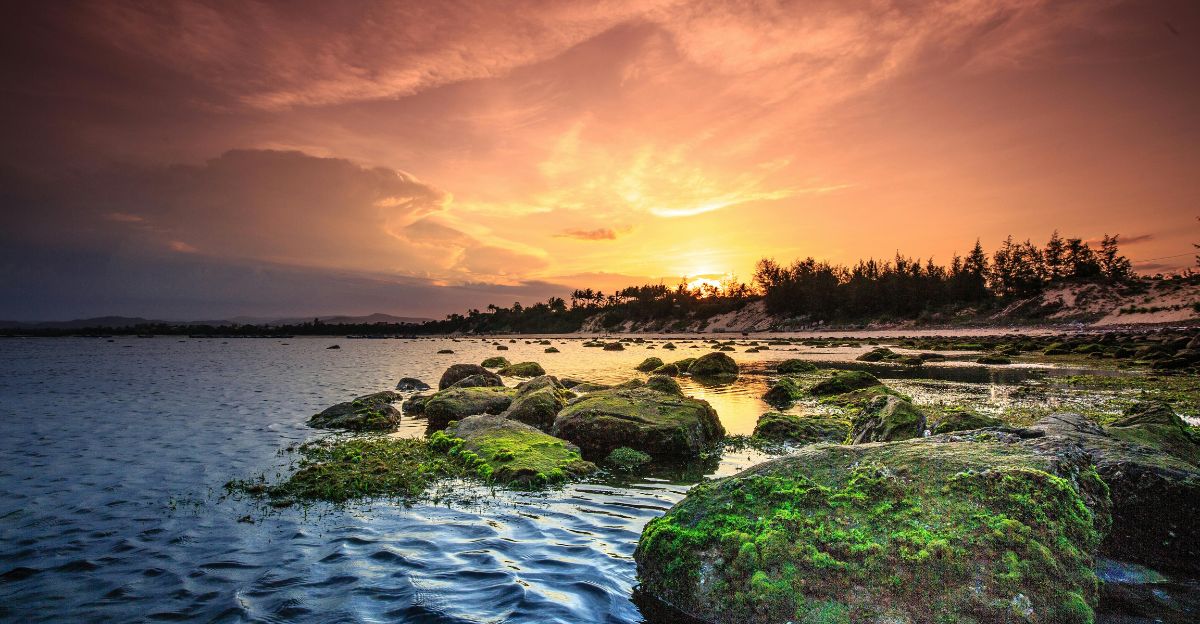
Perhaps the most fascinating part of the new research on the Chicxulub Crater has been the signs pointing to the formation of microbial and algae communities just 30,000 years post-impact, which, in geological terms, is a speedier recovery than expected. This directly contradicts previous theories that life took millions of years to rebound.
In 2018, a study published in Nature reported high concentrations of foraminifera, which are foundational in marine ecosystems.
Not Everyone Is Onboard With This Theory

Still, these discoveries are criticized, and some scientists claim that the discovery of localized signs of life doesn’t mean the same is true on a global level.
Counterpoints have theorized that while microbial life rebounded quickly in the crater, complete biodiversity levels (like tropical forests and marine megafauna) did take millions of years to recover and stabilize.
Could Asteroids Create Life Elsewhere?
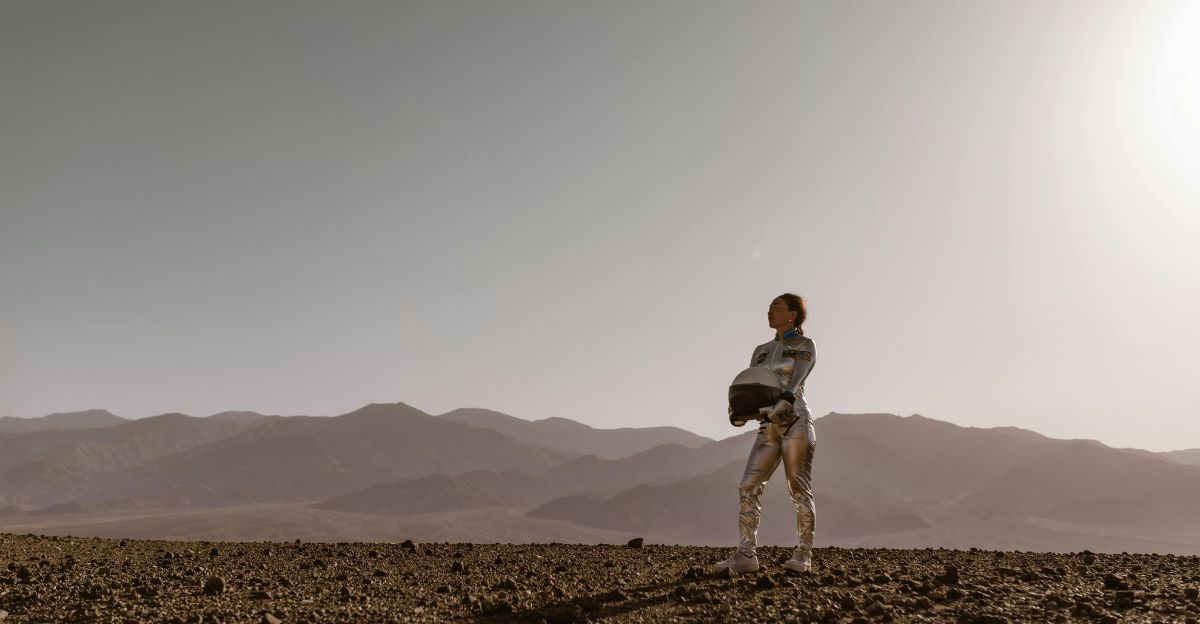
Discoveries suggesting rapid microbial growth and hydrothermal systems in the Chicxulub Crater have posed the scientific question of whether or not asteroid impacts have the ability to create life.
This is known as the Impact-Genesis Hypothesis, and it theorizes that extreme heat and pressure from impacts could create new ways for life to start over.
This makes the Chicxulub Crater a unique template for the emergence of new life on a potentially cosmic scale.
Impact Terraforming
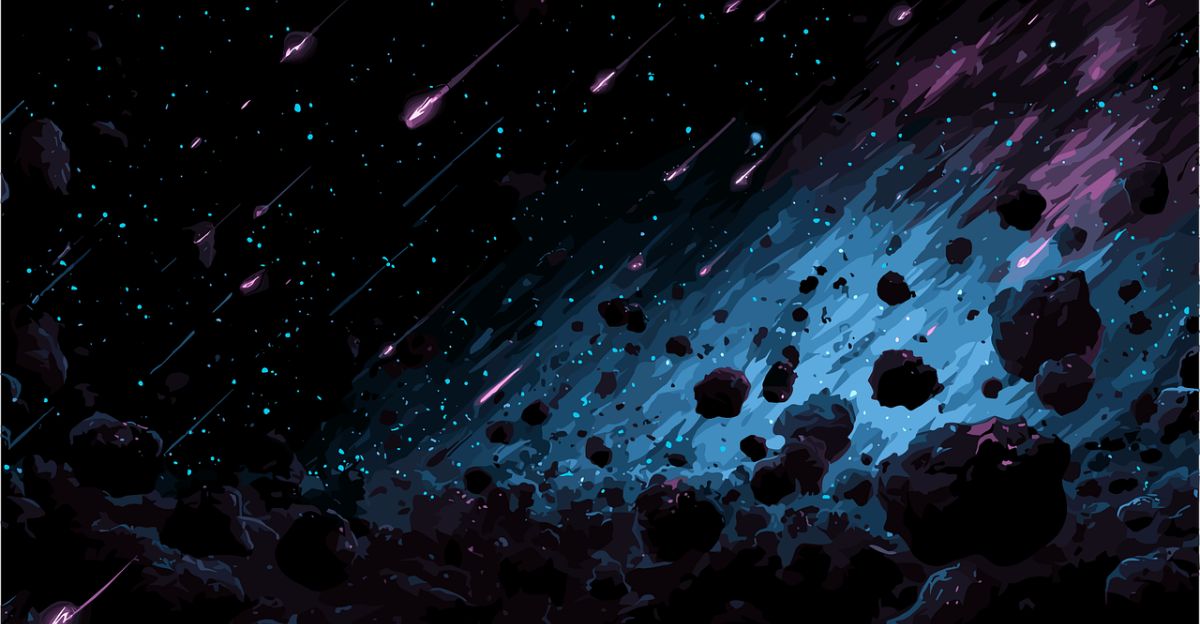
Impact Terraforming is a highly controversial topic. This science-fiction-like theory poses the question: “If high-impact events and hydrothermal systems can create life on Earth, can we replicate the process on lifeless planets?”
There is currently no real scientific backing for this theory, but it is an interesting thought.
However, many scientists have outright condemned the theory and have suggested it could have devastating impacts ethically and physically.
Evolution’s Wild Reset Button
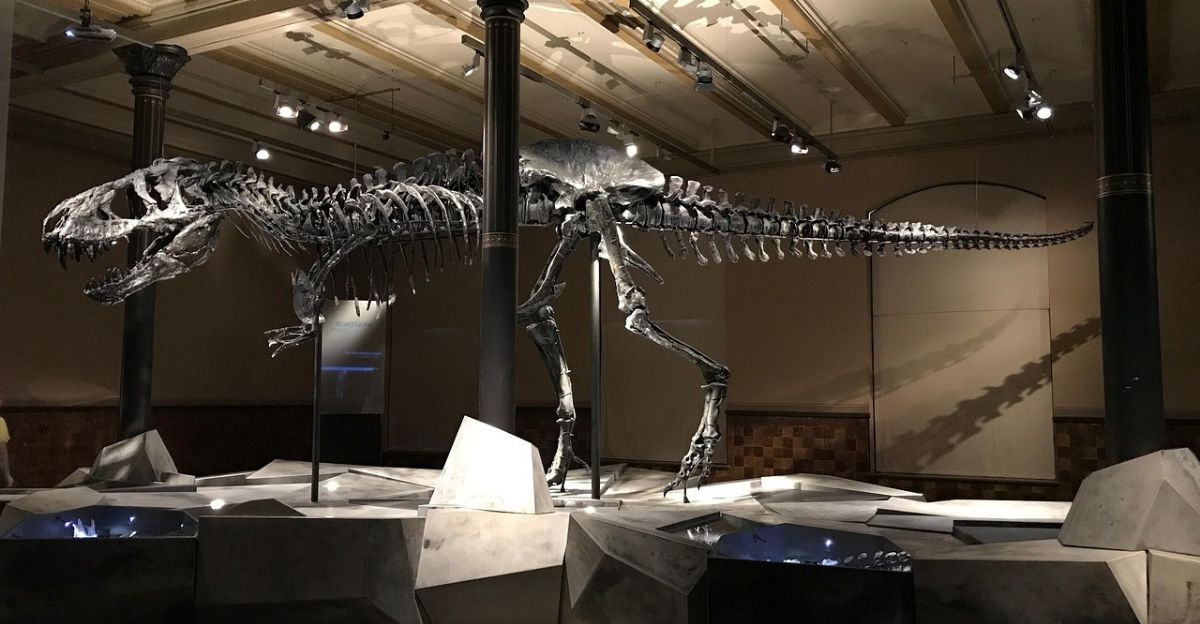
The asteroid that hit Mexico’s Yucatán Peninsula millions of years ago may have caused the extinction of species like dinosaurs. Still, in theory, this impact also gave way to a whole new ecological space.
It allowed mammals to diversify and thrive; many scientists see this event as a balancing act.
Evolutionary biologist Stephen Jay Gould once said, “Mass extinctions are the punctuation marks in life’s long novel.”
Many critics have warned against romanticizing this tragedy and restate the impact and the tragedy of losing several different species to extinction forever.
The Significance Of The Chicxulub Site
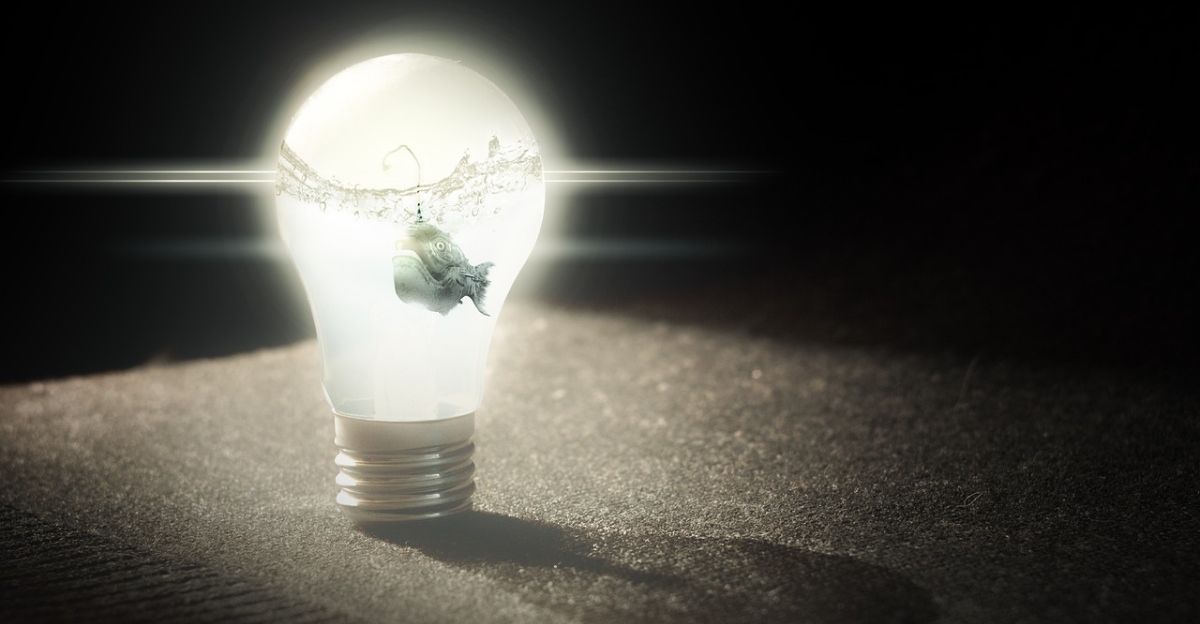
The historical Chicxulub Crater site has helped scientists make incredible breakthroughs in understanding our planet’s history and evolution. Despite this, the site remains underappreciated.
In 2017, UNESCO named the area a Global Geopark, but efforts to build a large-scale museum or research center have stalled. Dr. Sean Gulick said it best: “We should treat this place the way we treat the pyramids or the Grand Canyon—it’s one of Earth’s greatest stories.”
Could It Happen Again?
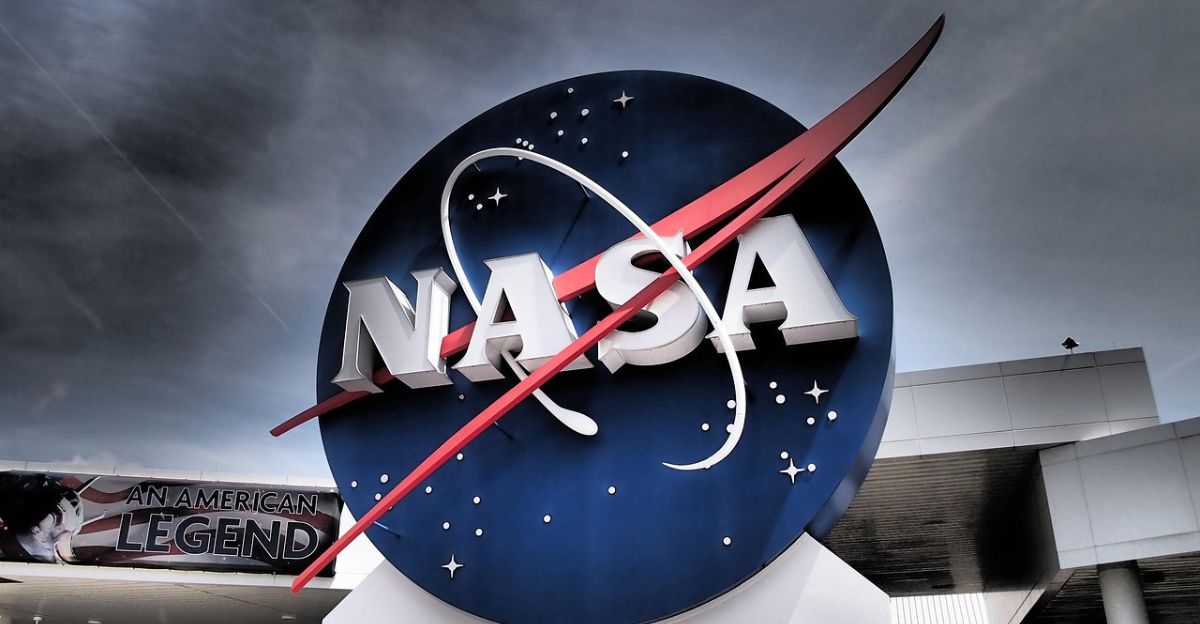
Scientists predict that asteroid impacts of the same magnitude as Chicxulub could occur once every 100 million years. So theoretically, yes. It is a possibility.
NASA’s Planetary Defense Coordination Office and ESA’s Hera mission are to prepare for potential events like this. NASA is currently tracking over 25,000 near-Earth objects.
The dinosaurs may have been caught unaware, but science and technology give us more foresight.
Conclusion

The Chicxulub site can be used as a cautionary tale for us today. It warns us of the possibility of mass extinction and how life as we know it can be wiped out almost instantaneously.
However, it also shares a more optimistic tale of planetary resilience, rebirth, and new life.
As ecologist Andrew Knoll said, “The biosphere is robust. The question isn’t whether life survives—it’s whether we do.”


